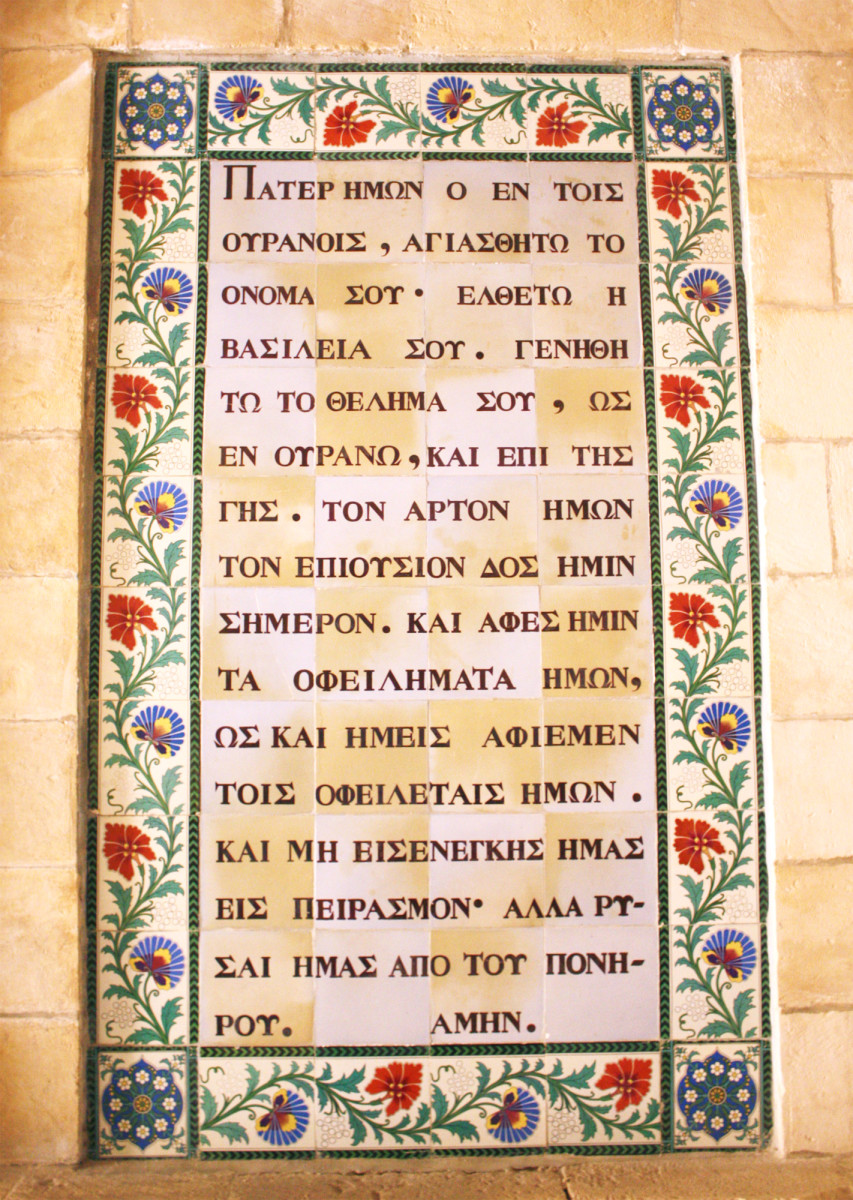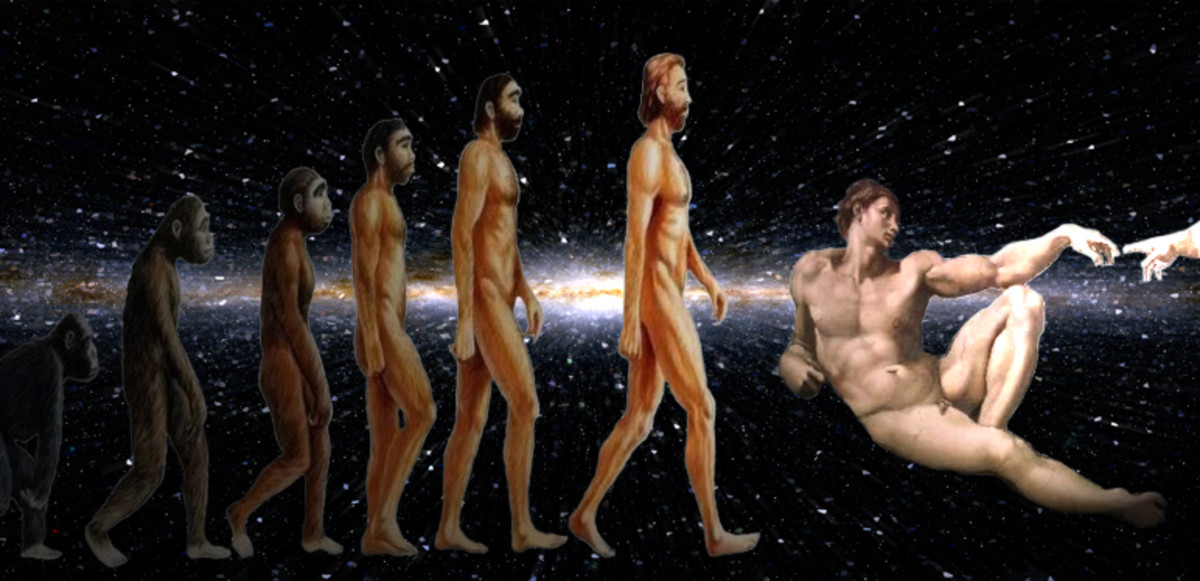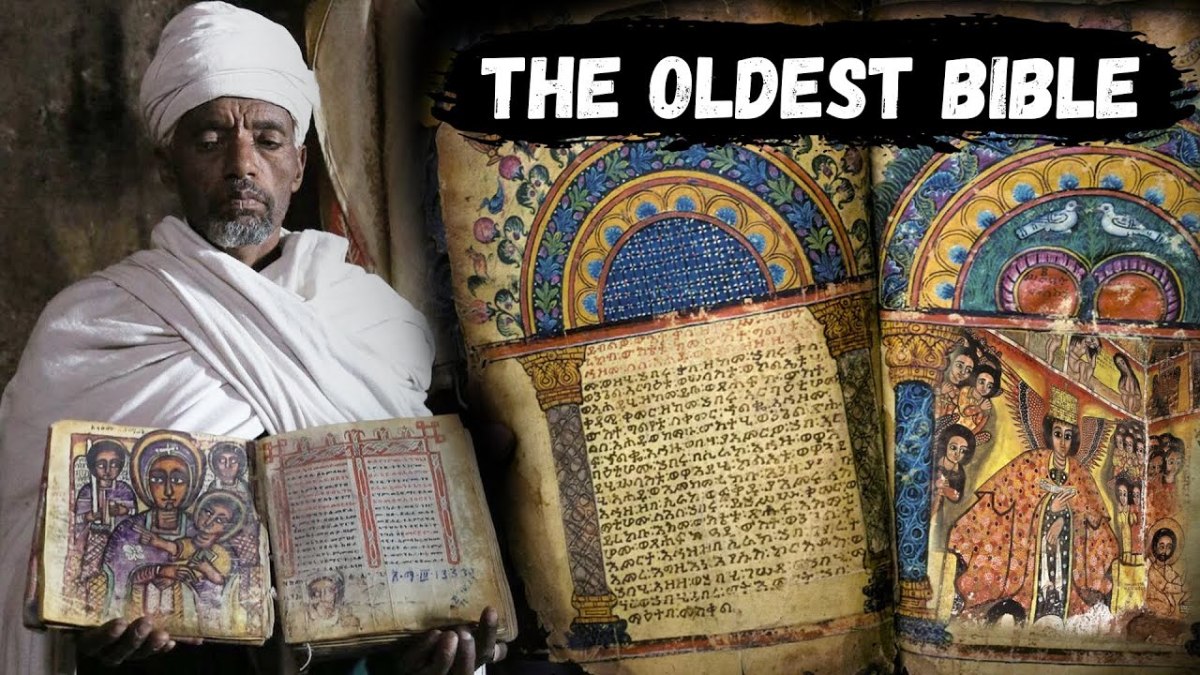Joseph and the Angel Messenger: A Matthew Studies Class for Christmas (Mt 1:18-25)
What Was the Angel's Message to Joseph, and to Us?
Thank you to all who join us today (Christmas 2011) on this first internet meeting of the Matthew Studies Class that my wife Fay and I have co-taught at 9 a.m. every Sunday for 13 years in Oak Park, Illinois at the First Baptist Church (American Baptist, which means "theologically diverse," so watch out!). Since this lesson analyzes a well-known Bible story, and purports here to be an informative essay, we also welcome friends from our Writers Workshop.
Introduction. Today we consider the birth story in the Gospel of Matthew found in the New Testament at Mt 1:18-25. To understand it as literature, we start by asking who the characters are, how Mt dealt with each one of them, and how important each one is to the movement of the story.
So who are the characters in this so-called "birth story"? Joseph is the main character. In fact, the story rarely strays from what Joseph thinks, sees, and hears; how Joseph responds; and what Joseph does about it. Most of this "birth story" occurs in Joseph's head, not in the mother's womb. The second most obvious character is the angel-messenger who drives the story forward by appearing to Joseph "down through" (kata) a dream. The text barely mentions mother Mary (Greek Maria); you have to go to Luke for her story. Remember, even Mt's genealogy leads to Joseph, not Mary.
Mt presents his entire "Source Book of Jesus" (bib-los ge-ne-se-os I-e-sou) as a story of, by, and for men. In ancient times, no one wrote books for women, certainly not for women to read. Very few grown men could read, less than 10 percent, but even fewer women, less than one percent, and then only in the richest familes. Women had other things to tend to, while men ran all public society until very recent times in places touched by Christian culture and its gifted but difficult offspring, modern science, the Enlightenment, socio-economic reform, critical theory, and the objective analysis of ancient sacred texts and experience.
1. What about Joseph? The Greek word di-KAI-os in verse 19 describes Joseph as a righteous man, an "observer of law and custom," a good man for his time and culture, a civilized man of law and order. Not by accident does this first main character illustrate a key theme in Mt, which uses "righteous" 17 times in key passages, and seven times the abstract noun "righteousness" (di-KAI-o-SU-ne). Scholars note often the importance of this idea in Matthew.
2. What about the situation? When Joseph found his fiance pregnant, he wanted no big public fuss, just quietly "to loosen her away," and go look elsewhere for a suitable wife. Why was that? Why would a "righteous man" have this attitude? Because Joseph was also a man of forgiveness, mercy, and compassion, not wanting to see the girl hurt unduly, even if others thought she deserved it.
These are key concepts for Mt's Jesus who alone in NT books teaches forgiveness beyond the ability of many Protestants to bear in 6:14-15 and 18:21-35. He constantly has compassion on strangers, treating the wounded and sick even when needing to get away from them (12:15-22; 14:13-14, 34-36; and 15:29-31). The only OT verse Mt quotes twice is Hosea 6:6, "I desire mercy, and not sacrifice."
3. What about the dream? With Joseph mulling things over, Mt says, "Look for yourself!" (King James, "Behold!"), and the angel appears in a dream. This is a real "man part" of the story, because many women (the more practical sex, I'm told) don't want their man chasing after dreams. A woman normally wants her man to do what she wants him to do, out of love and respect for her, if possible, but out of obedience to his vows, if necessary. Very few women encourage their men to go follow their dreams about angels!
4. What about the angel? Greek AN-ge-los (hard "g"), messenger. This passage consists mostly of the angel's message and quotation (74 words, almost half the story's content). The angel would be the key character if not for the greater rarity of a man who heeds divine messages, another key idea in Mt ("those who hear and do vs. those who hear and don't do" in 7:24-27; or three times, "He who has ears to hear, let-him-keep-on-hearing!" in 11:15, 13:9, and 13:43),
5. What about the message? The name "Jesus" (Greek I-e-sous for Hebrew YE-shu-a, "Yhwh saves") more than "fore-tells" the child's vocation, "for he will save his people from their sins."
Mt's Jesus, in fact, barely mentions "salvation," but he does follow the angel's deeper principle: "Yes, Joseph, a tough situation, but don't be afraid of it, for what seems like a problem is really a divine blessing in disguise. Be thankful for it, don't turn your back on it, let it help you realize God always with you. A first-glance massive, unsolvable problem may give the Almighty a chance to work more creatively for good in your life beyond your wildest dreams."
After Mt's Jesus ends the first half of the book visiting Magadan (Mt 15:39), the whole second half of Mt changes as Jesus begins teaching his students "it is binding me to go away into Jeruslem, and to suffer many things . . . , and to be condemned to death, and on the third day to be raised up" (16:21; and 17:22, 10:17-19; and 26:1-2). This culminates with Jesus praying in Gethsemane the night before being crucified, "My Father, if it be possible, let this cup go-free-away from me, except not as I-am-willing, but as you-are-willing" (26:39; also 26:42 and 44). Mt's Jesus faces a difficult, dangerous, impossible situation, but by following his understanding of the will of the heavenly Father, it turns into a world-class event for which many hundreds of millions of people, even today, 1,978 1/2 years later, are still grateful enough to gather together in his name.
6. What did Joseph do? Joseph not only listened, he acted on the divine message. In Mt's terms, "Joseph did [Gk e-POI-e-sen] as the angel of Lord [YHWH] drew-up-near [advised] for him, and he-did-take-alongside his woman, and-yet not was-he-knowing her until she bore a son, and he-did-call [e-KAL-e-sen] his name Jesus" (1:24-25).
This Greek word poi-E-o (as in po-em and po-et-ry) exemplifies the acid test for Mt's Jesus and Mt overall (used 86 times on Mt's 80 pages): doing, making, causing, creating, producing, practicing; in short, finding and then doing the will of the Heavenly Father (as in 7:21-23).
So these 161 total words in Mt 1:18-25 not only brilliantly present Mt's account of the birth of Jesus, but they also fortell and illustrate key concepts pervading the entire book of 18,346 Greek words. That's what we've called a tour de force ever since we borrowed the phrase from the French.
7. Any personal application of these ideas? As we say in class, if you can't see how all this might apply to you personally, please talk to us individually after class! But really, folks --
(1) How do we characteristically respond when we see someone with a problem? (2) Are we the angel-messenger who turns attention and energy to higher meaning and purpose? (3) Do we ever look for divine meaning in everyday life events? (4) What is our criteria for finding such meaning? (5) How do we test the various voices we hear, whether in church or some other sacred place? (6) Do we listen for insight from the Almighty (or from scientific Nature if we can't grasp personalization)? (7) Do we ever pay any attention at all to "the bigger picture"? (8) Do we blow people off who try to steer us away from harsh judgmental condemnation? (9) Do we seek the higher ground of love, mercy, forgiveness, thankfulness, and trust? (10) Do we ever seriously study the legitimate and real differences between men and women?
Well, we passed our word count for today, time to quit.
Thanks for being with us, See you next time.
___________________________________________________
Copyright (c) 2011 by Max and Fay Havlick, Matthew Studies Institute, and The Max Havlick School, projects of New World Community Enterprises, Inc., Villa Park, IL 60181-1938, all rights reserved. Here revised and abbreviated from its first presentation at the Matthew Studies Class in Oak Park, Illinois Dec. 20, 2009. Max bases his mostly literal translations on Aland's critical Greek text (27th ed.).
Anyone may start their own local Matthew Studies Class, Writers Workshop, or Realistic Employment Workshop, with or without our help, and use our HubPages info in doing so. But if you prefer to work synergistically with Max and Fay, you may contact us directly at our snail-mail address 60181-1938, or by e-mail with the HubPages button at the top of this page.
The same applies to any serious individual who wants specific help, whether to study writing or other forms of personal communication, or such fields as history, literature, philosophy, religion, or other humanities and social sciences where we have training, experience, and resources available. We visualize a special college for adults to prepare dedicated teacher/organizers for life-time learning programs in individual local communities. (1500 words)








